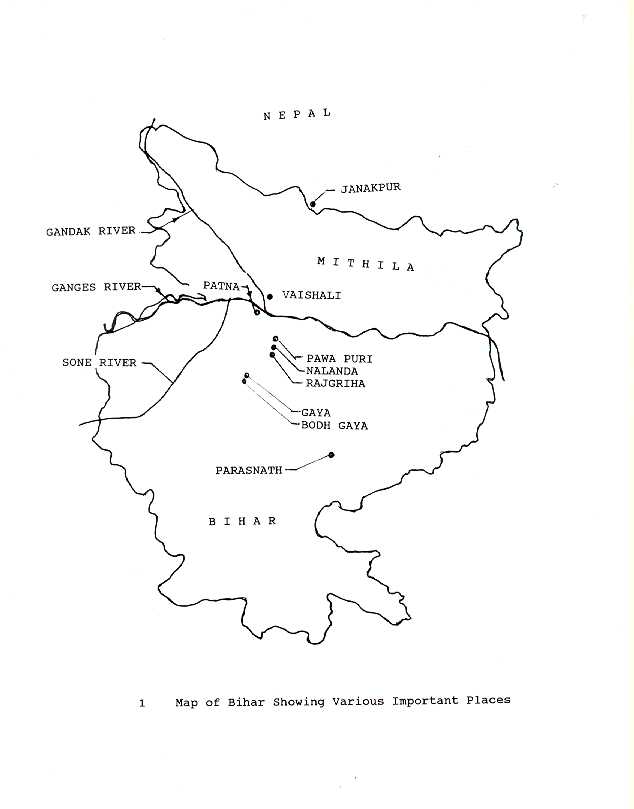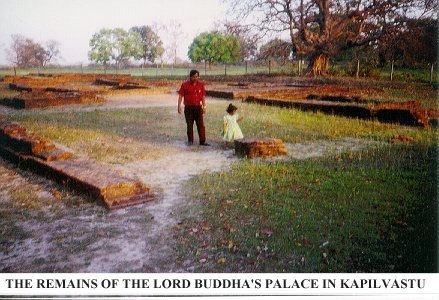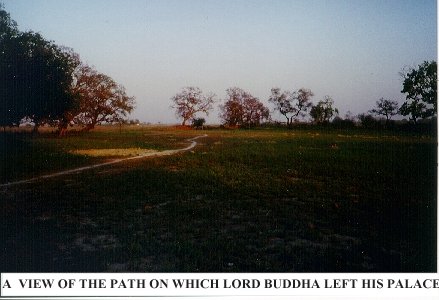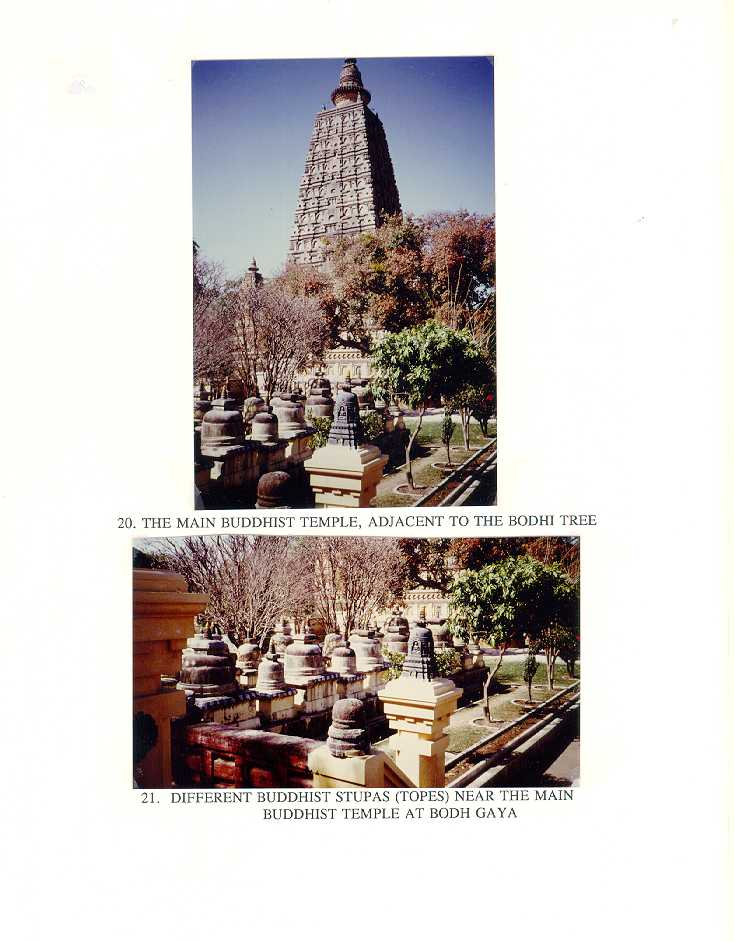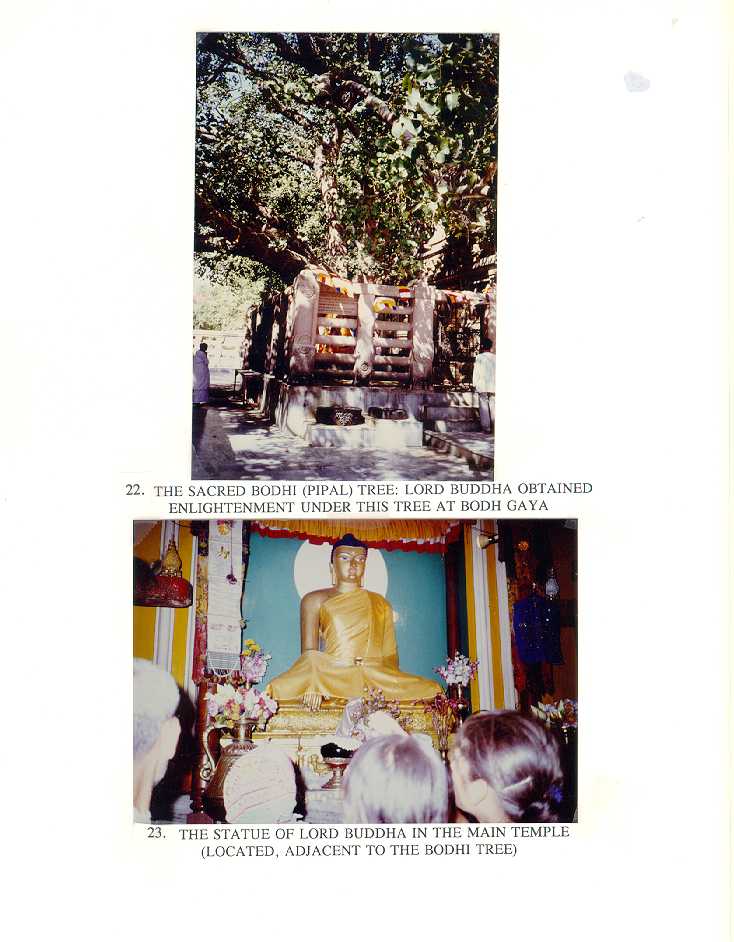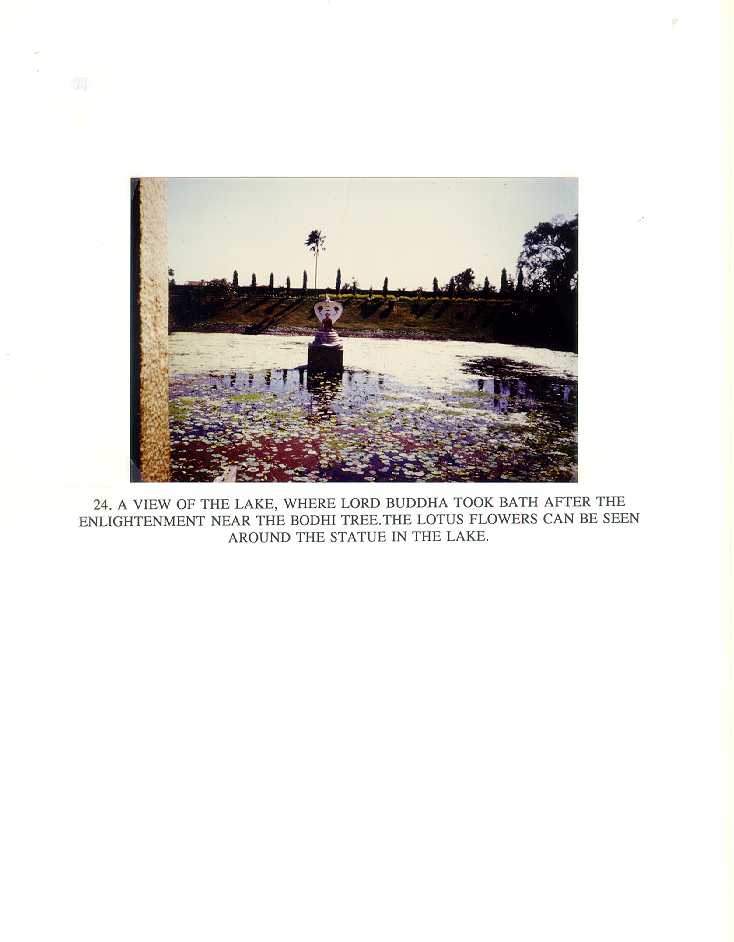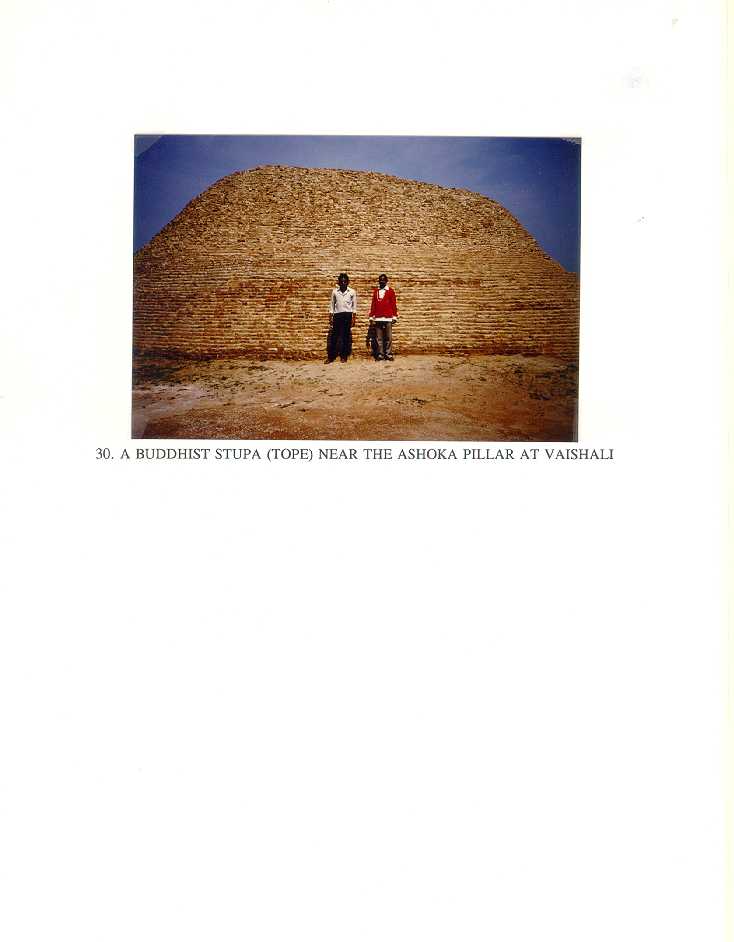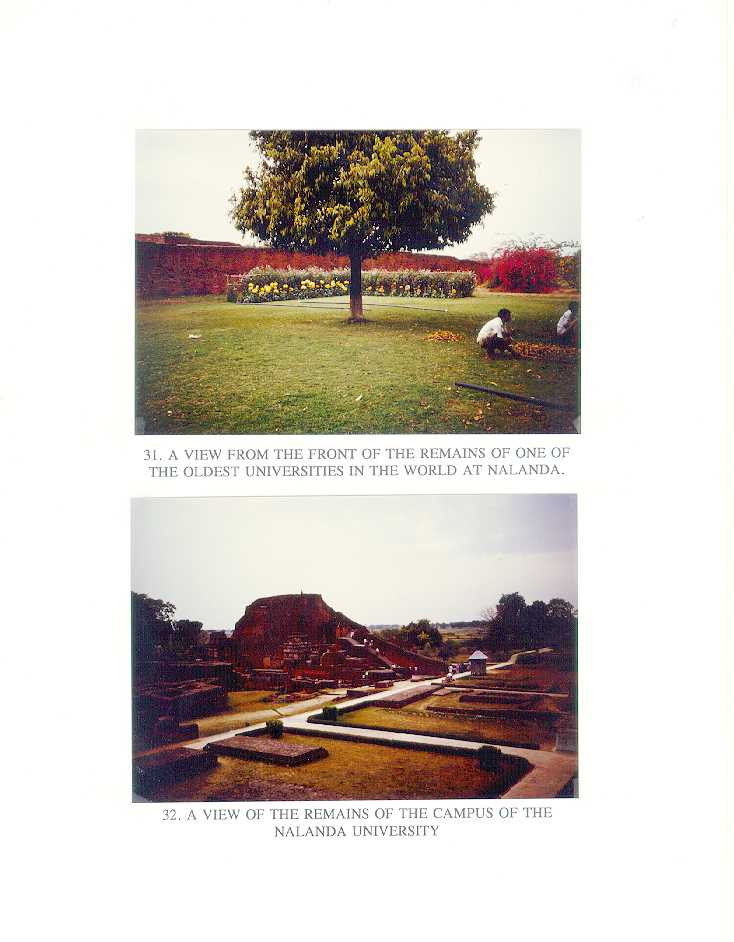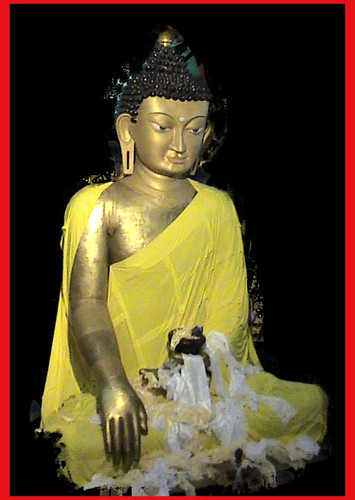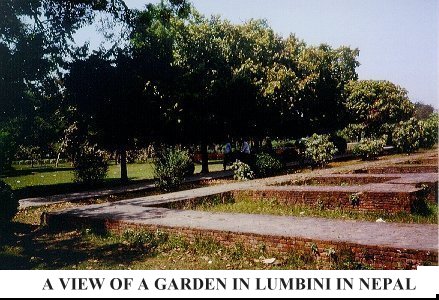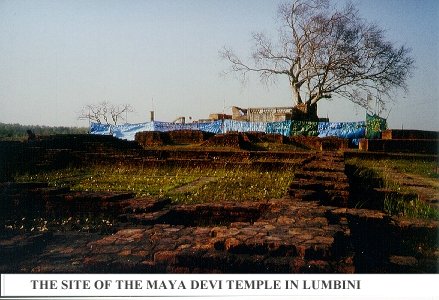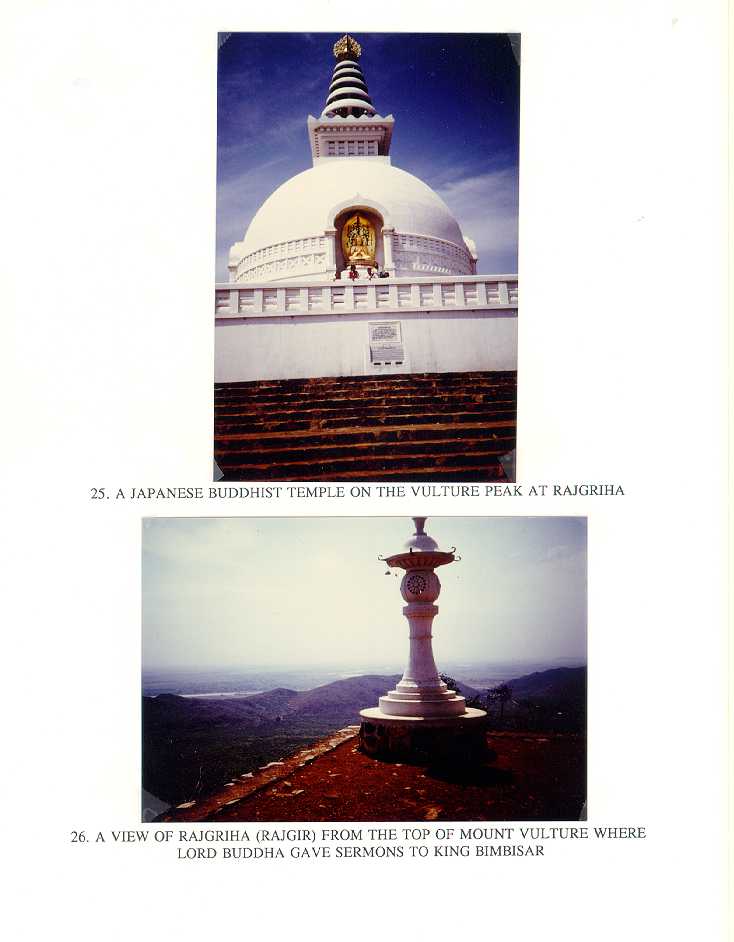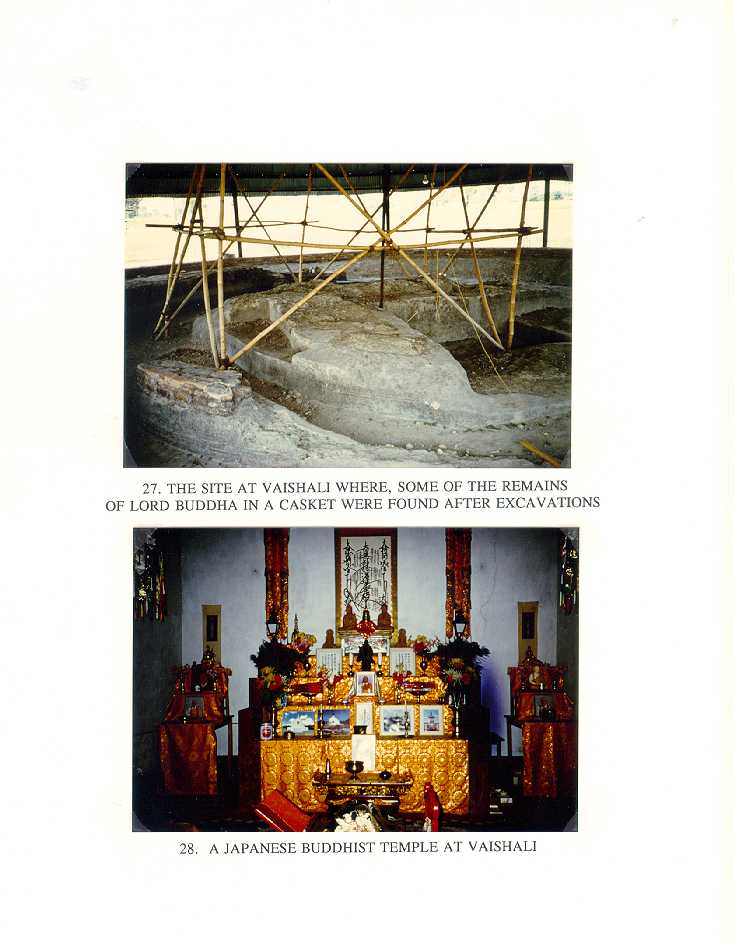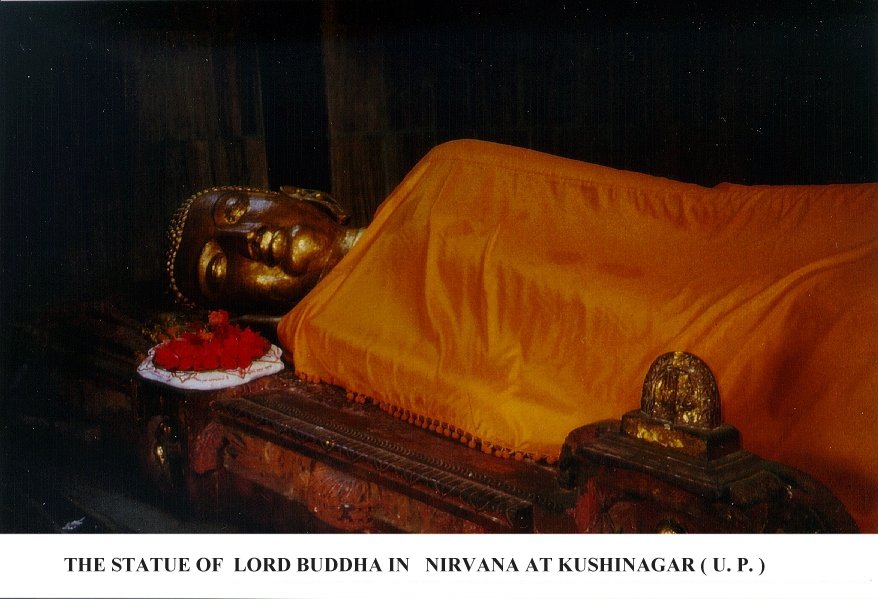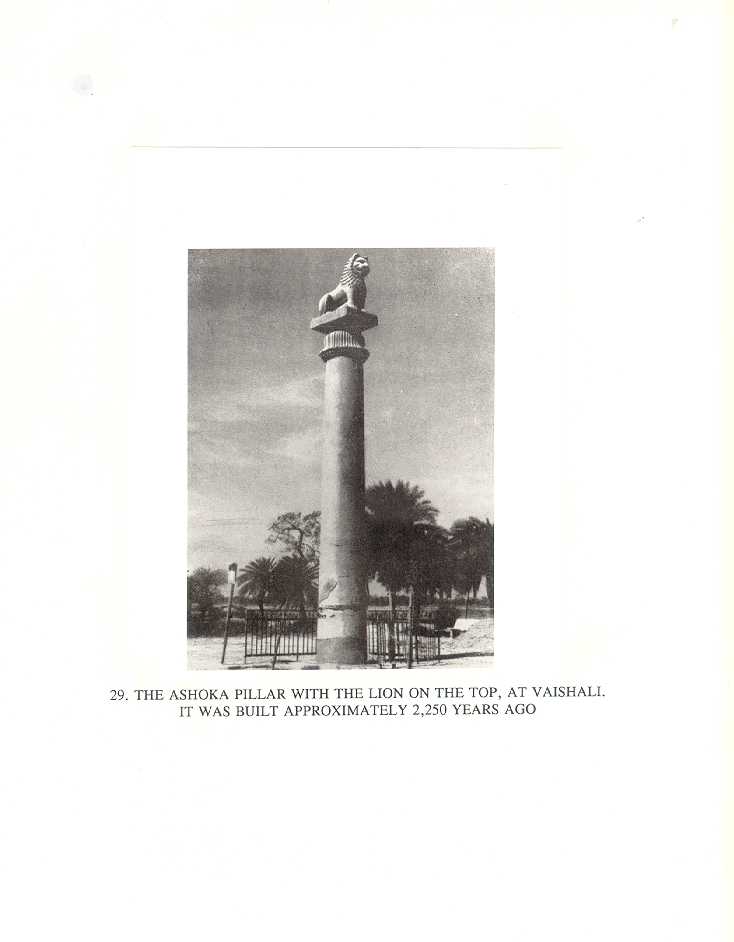1. Objectives
1.1 To teach about the Buddha
To introduce students to the life story of the Buddha in such a way that they will be inspired to feel they can rely on his teachings and follow his example.
1.2 To teach the Dharma
To help students realise that the Dharma is truly unique, a precious gift to us, conducive to personal and collective peace and happiness.
To inspire students to want to find out more about the Dharma, with a motivation of genuine interest rather than for ulterior motives such as material gain or praise.
To awaken, encourage or nourish in students a love of peace and truth for their own sake and a desire to live in a better world, free from suffering, now and in the future.
1.3 To teach about the Sangha (the monastic community)
To help students understand the significance and role of the Sangha and to give them a basic knowledge of the monastic tradition, so deepening their insight into Buddhism.
1.4 To teach the history and culture of Buddhism
To enable students to put Buddhism into its historical context and give them some familiarity with the cultural practices of Buddhism.
2. Teaching Units
The course material, at both primary and secondary level, has been organised into a syllabus and divided into teaching units. This approach has been designed to enable the teacher work systematically through the material. On the other hand the teacher could choose to select items from the course material, using it as a resource kit.
2.1 Primary level - eight units
Buddhist Studies for Primary Students (age 8 to 12 years) contains introductory material. The text is also suitable for children older than 12 years, if they are new to Buddhism.
Each of the eight units is structured around a lesson sheet which includes some or all of the following:
-
Material which introduces students to the basic teachings, culture and symbols of Buddhism.
-
Links to an Illustrated Biography of the Buddha, with each page including a line drawing (suitable for colouring in) and text; a hard copy A4 size Colouring-in book version of this biography is also available.
-
Dialogues based on the Story of the Buddha which can be use as readings or class plays.
-
Links to selected teaching stories from the Jataka Tales (stories of the past lives of the Buddha), which can be read in class and discussed.
-
Links to a course of seven Guided Meditations for the Classroom, with instructions for the teacher.
-
Web multimedia (Flash) multiple-choice questionnaires based on the material in each unit.
-
An Activity Box at the end, with links to practical work material, such as gifts to create, audio files (MP3) of Buddhist songs and word puzzles.
2.2 Secondary level - eight units
Buddhist Studies for Secondary Students (age 12 to 18 years) contains the fundamental teachings of Buddhism and expands on the material covered in Buddhist Studies for Primary Students. All teachers are encouraged to select material from these units for additional Dharma instruction of younger children.
Each of the eight units is structured around a lesson sheet which includes some or all of the following:
-
Teachings on: the origins and history of Buddhism; principle Buddhist concepts; ethics and morality; women and Buddhism, family and society; the nature of humanity and suffering; devotional practices.
-
The study of sacred writings and stories.
-
Links to the Life of the Buddha, sixty-four stories with linked exercises.
-
Links to Buddhist teaching stories from the Jataka Tales (stories of the past lives of the Buddha).
-
Systematic instruction in Insight meditation and Loving-kindness meditation.
-
Discussions of contemporary issues: the Buddhist approach to the contemporary world.
-
Online research projects where the students are encouraged to research a Buddhist topic on the Internet.
-
Web multimedia (Flash) multiple-choice questionnaires based on the material in each unit.
-
An Activity Box at the end, with links to additional material and text books which expand on the core material.
3. Teaching Method
Essentially the teaching method should be similar to that of the Buddha, who taught gradually. It should be the same for older and younger children; however for younger children one should use simpler words, simpler contemplations and examples that they can relate to. The units are designed to teach students about the Triple Gem (Buddha, Dharma and Sangha), by including material on the life story of the Buddha, his fundamental teachings (Dharma) and the history of the Buddhist tradition. All the materials needed for teaching are either within the teaching unit lesson sheets, or connected to them by active links.
4. Classes
4.1 Class structure
Essentially, give no lectures; rather, guide the children to teach themselves. Below is a suggested class structure. For a more detailed description of the class components see below.
-
Five minutes silence / Loving-kindness meditation / Mindfulness of Breathing to calm the mind.
-
Brief introduction: give aims of the lesson.
-
Reading or review of texts assigned for the lesson / viewing a video.
-
Discussion of the lesson material. This should be an honest evaluation based on personal experience and observations. Children should be encouraged to use their own judgment, rather than other people’s ideas.
-
Additional contemplation (or meditation) practice, if time permits. Students should be given a topic and guided by the teacher.
-
Conclusion: summarise the main points of the lesson; review the new concepts; help children to make personal resolutions on what to abandon, what to cultivate or improve.
-
Brief instructions for the next week’s lesson.
4.2 Class components
Lesson sheets (one for each unit)
These sheets contain material that will be discussed or practiced in each class. Ideally students should be advised of the content of each lesson one week in advance. In this way:
-
Each class will be more effective, as students will already be familiar with the text or topic before the class
-
There will be a continuum from one class to another without long breaks, and students will more easily be able to incorporate what they have learnt in their Buddhist classes into their daily life
-
The method will be similar to that used in other subjects. Students will develop good study habits and the discipline of preparing for classes and reviewing what they have learnt.
Discussions
Each discussion should be simple, focusing on one subject/phenomenon and using simple examples from students’ daily lives. To support the discussions, teachers should utilise suttas from the Book of Protection (See below, 5.3, Discourses from the Buddhist scriptures).
Contemplations (reflective thinking or meditations)
These are given in the units of study: the primary level has a “Guided Meditations for the Classroom”, with instructions for the teacher; while the secondary level has “The Meditation Class”, which gives systematic instruction on Insight and Loving-kindness meditation. After the meditation students should reflect on their meditation experience (e.g. reflect on the effects of meditation on the mind).
5. Materials
5.1 General texts
- Illustrated Story of the Buddha - an adaptation of A Pictorial Biography of Sakyamuni Buddha by Gunapayuta, J. Hai, Z.A. Lu and Y. F. Lee. Edited for Electronic Publication by Buddha Dharma Education Association, Sydney, Australia.
- Life of the Buddha: Parts 1 & 2 - by Rev. Siridhamma, first published by the Buddhist Missionary Society. Edited for Electronic Publication by Buddha Dharma Education Association, Sydney, Australia.
- The Buddha and his Disciples - by Ven. S. Dhammika, published by the Buddha Dhamma Mandala Society, Singapore.
- Guided Meditation in the Classroom - seven guided meditations, with instruction for teachers. Buddha Dharma Education Association, Sydney, Australia.
- Buddhist Pilgrimage (PDF document) - by Chan Khoon San, Subang Jaya Buddhist Association.
- Textbooks by Buddhist Education Foundation (UK) (PDF document)
Web site: http://www.buddhisteducation.co.uk/
Buddhism Key Stage 1: A Textbook on Buddhism for children aged between 5-7.
Buddhism Key Stage 2: A Textbook on Buddhism for children aged between 7-11.
5.2 Reference texts
Although there are many texts of varying length and depth on Buddhism, to gain a deeper understanding of Buddhism all teachers are encouraged to study the following short but comprehensive texts:
A selection of Mahayana texts and more advanced Theravada texts are available from BuddhaNet’s web site. The texts mentioned above, and many more, are available as PDF documents in BuddhaNet’s eBook Library.
5.3 Discourses from the Buddhist scriptures
Selected discourses from the Book of Protection (Venerable Piyadassi, 1981) are recommended to supplement the lesson material. This text was originally intended for beginners, but at present it is the most well known Buddhist text in Sri Lanka. It contains 10 precepts and a collection of 24 discourses taken from the Nikayas and compiled by the Maha Theras of Sri Lanka.
The discourses selected from the Book of Protection are beginner level discourses and appropriate for older children under the guidance of teachers. Even if students don’t fully understand them, these discourses will give the children insight into Buddhist scriptures.
The First Discourse, Analysis of the Truths and Discourse on Loving-kindness are fundamental. The Jewels Discourse and Banner Protection will help students to understand the qualities of the Buddha and his students. The Blessings Discourse will also help them to understand good qualities to develop.
Mahayana discourses such as the Lotus and Heart Sutras are too advanced for children. The Heart Sutra was not intended for beginners. Hence we feel that the simpler Theravada texts are much more suitable as an introduction to Buddhist scriptures, as at the introductory level the main purpose of the scripture study is to support the core teachings — the life story of the Buddha and the Four Noble Truths. At this level it is not appropriate to present students with a set of discourses representative of both traditions irrespective of their ability to understand them.
Hence Mahayana discourses are not included in the core Buddhist studies for young students. However, Mahayana texts and more advanced Theravada texts are suitable as electives for those students who show deeper interest in the Dharma, and these can be chosen and discussed during the free lessons as teachers feel appropriate.
5.4 Resources for teaching Buddhist History and Culture
While this material is designed for secondary students it could be used for primary students as well, with the assistance of the teacher.
The Buddhist World [ link to contents page ]
An Encyclopaedic Tour of the Buddhist World.
- The monastic community.
- The four holy sites.
- Buddhist pilgrimage.
- Schools of Buddhism.
- Profiles of Theravada and Mahayana countries.
- The spread of Buddhism.
Buddhist history and culture [ link to contents page ]
These links lead to a variety of useful resources provided by BuddhaNet.
-
Timelines of Buddhist history: chronological events in the evolution of Buddhism.
-
The geographical spread of Buddhism in Asia: a chart showing the spread of Buddhism in Asia.
-
An explanation of the schools and lineages of Buddhism.
-
Brief biographical details of major Buddhist figures, historical and contemporary.
-
Early disciples of the Buddha: pen portraits of some of the eminent disciples of the Buddha.
-
Deities and Bodhisattvas: popular Chinese deities.
-
Buddhist Art & Architecture: Buddha image, temples, stupas, mandalas, Tibetan art, tangkas, etc.
-
Major Buddhist sites: information on the significant historical and pilgrimage sites.
-
Scriptures: the Tripitaka [Sanskrit], or Tipitaka [Pali], the three baskets of teachings, is the canon of Buddhists, both in the Theravada and the Mahayana traditions.
-
Frequently asked questions (FAQs) on Buddhist culture.
-
Festivals and Ceremonies: Buddhist devotional practices.
-
Buddhist symbols / iconography.
-
Statistics on the numbers of adherents in the major branches of Buddhism.
-
A glossary of Buddhist technical terms and Dharma Data, a Buddhist dictionary.
-
Selected book list: a reading list to facilitate study in particular areas of Buddhist history.
5.5 Multimedia
- Buddhist Studies for Schools CD-ROM (3nd edition)
This CD-ROM (PC and Mac) is produced by BuddhaNet. It consists of web pages (html files) which be used on an Intranet system. It contains the 8-unit Buddhist Studies for Primary Students, the 8-unit Buddhist Studies for Secondary Students and all the supporting material needed to use these units.
Print-quality PDF files of most of the content are also provided on the CD-ROM. All of the material, including any updates, is also available in the Buddhist Study section of the BuddhaNet web site. Teachers, students and schools are welcome to copy this material, but are asked not to substantially alter it without permission.
- Buddhism on the Internet
This CD-ROM (PC and Mac), is a multimedia interface to the BuddhaNet web site. It contains over sixty PDF documents or e-Books on general Buddhism, meditation and the Buddhist scriptures.
- The Illustrated Dhammapada CD-ROM - with Audio in Pali and English.
-
Meditation: Insight and Loving-Kindness CD-ROMs
Two Audio CDs with instruction and guided meditations; a Video tape (with a booklet) demonstrating the postures in sitting, and detail instruction in walking meditation, by Ven. Pannyavaro.
» The above titles can be ordered from the Buddha Dharma Education Association, Sydney Australia.
5.6 Web sites
 Watch the life and teachings of Gautama Buddha – The Awakened One in this animation cartoon movie for Kids. These animation movies not only entertain your kids but also introduce them to Great Minds, Epics and the culture and values of the different regions in the world. Click http://www.rajshri.com/Listing/Kids/Free-Hindi-Kids-Videos-Cartoon-Animation-Nursery-Rhyme-Baby-Clips to watch more animation films.
Watch the life and teachings of Gautama Buddha – The Awakened One in this animation cartoon movie for Kids. These animation movies not only entertain your kids but also introduce them to Great Minds, Epics and the culture and values of the different regions in the world. Click http://www.rajshri.com/Listing/Kids/Free-Hindi-Kids-Videos-Cartoon-Animation-Nursery-Rhyme-Baby-Clips to watch more animation films.
